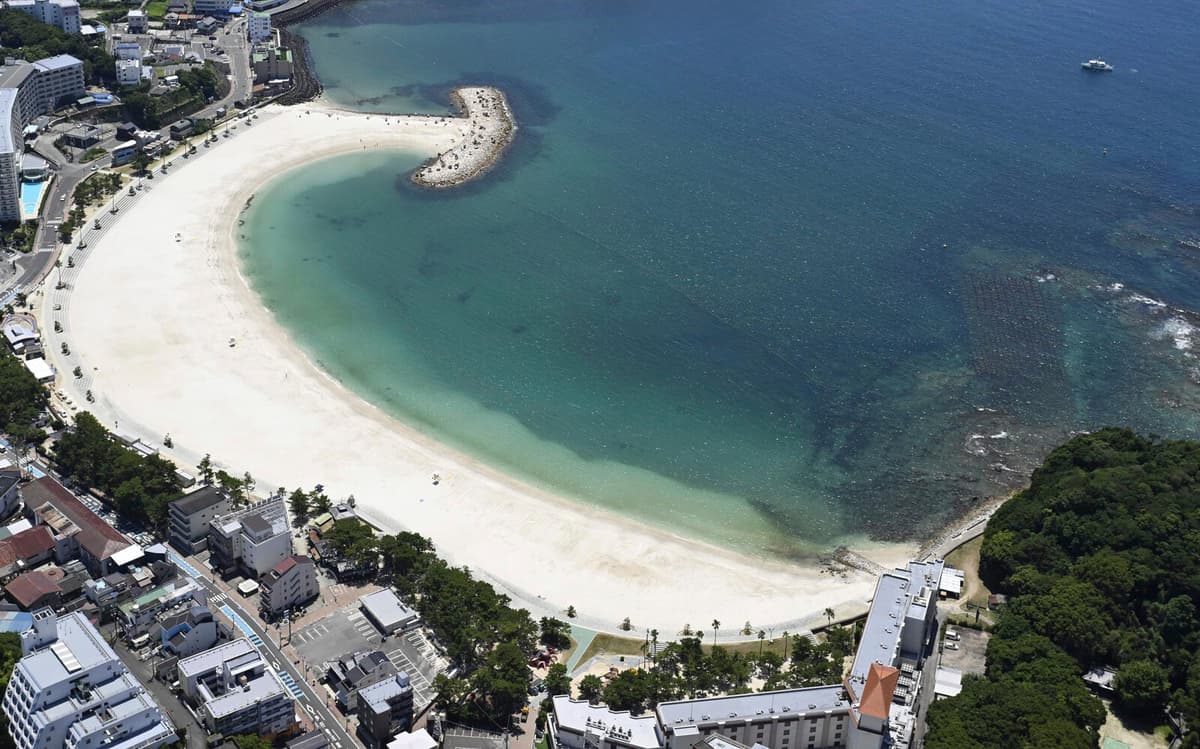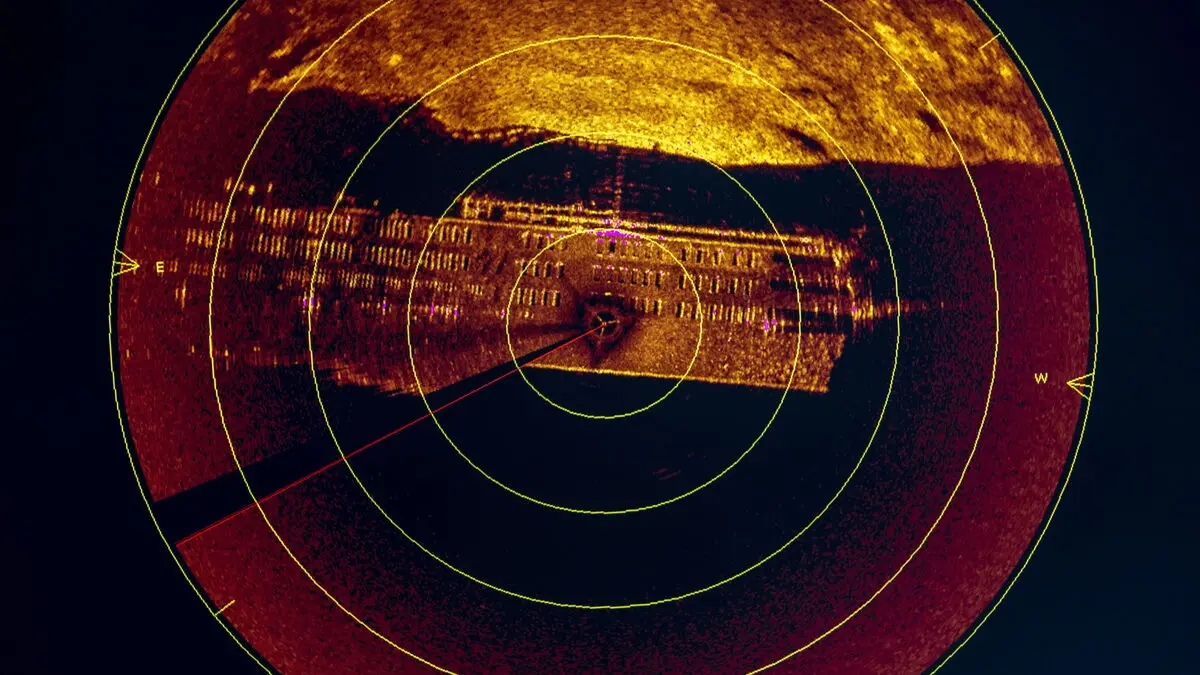In Japanese, "tsu" means port and "nami" means waves. The words were combined in the 19th century to draw attention to the dangerous phenomenon of unusual waves that could hit the land. Tsunamis are waves that form at sea, often after an earthquake, but they can also occur after, for example, a volcanic eruption on the seabed.
When an earthquake or volcanic eruption occurs at sea, the seabed rises and falls, which in turn causes the water to be pressed both upwards and downwards. The energy that arises forms waves.
The waves that arise radiate in all directions and can cover enormous distances, sometimes at the same speed as an airplane. Out at sea, the waves are low and flat, but when they approach the land and reach shallower water, they quickly increase in height. In particularly severe cases, the waves can become many meters high and, seen from land, almost seem like a wave of water.
A tsunami is not just a single wave, but several. The danger can therefore persist for several hours. The phenomenon is rare, but the devastation can be enormous when the water hits the land time and time again and devastates coastal areas.
Sometimes a tsunami is likened to a flood wave caused by tides, but according to experts, this is not correct because tides have nothing to do with a tsunami.
The first thing to do if you are in a place where a tsunami warning has been issued is to move away from the waterline and up to high ground. Some coastal areas where the risk of tsunamis is particularly high have gathering places, for example, in school buildings, where the population is urged to seek refuge.
Facts: Tsunami disasters in modern times
TT
May 1960: The largest earthquake ever measured occurs in southern Chile, magnitude 9.5. Waves up to five meters high around the Pacific Ocean claim over 60 lives as far away as Hawaii, 1,000 miles away. In Chile, up to 6,000 people are killed.
August 1976: An earthquake with a magnitude of 7.9 near the Philippine islands of Mindanao and Sulu results in a tsunami with five-meter-high waves. 5,000-8,000 people are killed, many of them swept away in their sleep.
July 1998: Two earthquakes with a magnitude of 7.0 off Papua New Guinea. The subsequent tsunami devastates three miles of the northern coast and sweeps away seven villages. The official death toll is estimated at 2,000, but may be up to 8,000.
December 2004: A giant earthquake with a magnitude of 9.1-9.3 off Aceh on Sumatra, Indonesia. The subsequent tsunami devastates large areas in several countries along the Southeast Asian coast. Indonesia, Sri Lanka, Thailand, and India are the hardest hit. Over 220,000 are estimated to have died, including many Western tourists and 500 Swedes.
March 2011: A tsunami after an earthquake with a magnitude of 9.0 hits Japan, resulting in around 19,000 dead and missing. The tsunami triggers a meltdown in the Fukushima nuclear power plant, the worst nuclear accident after Chernobyl in 1986.
Source: AFP





